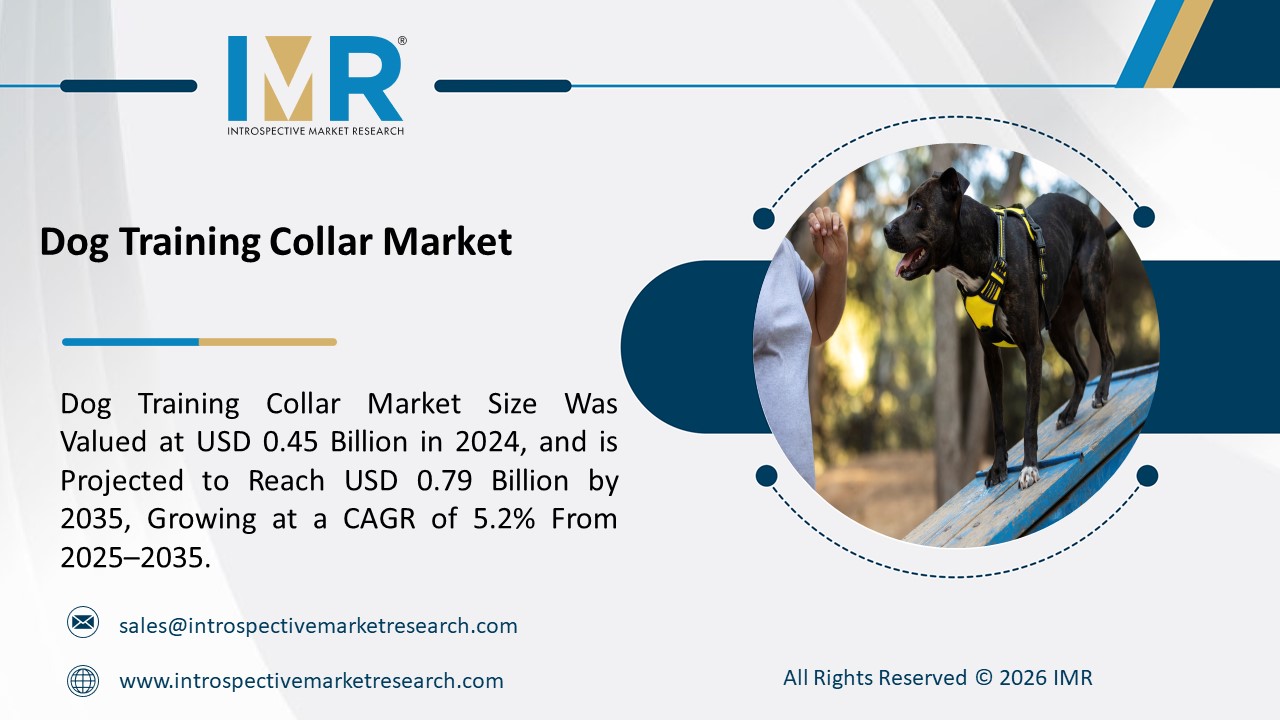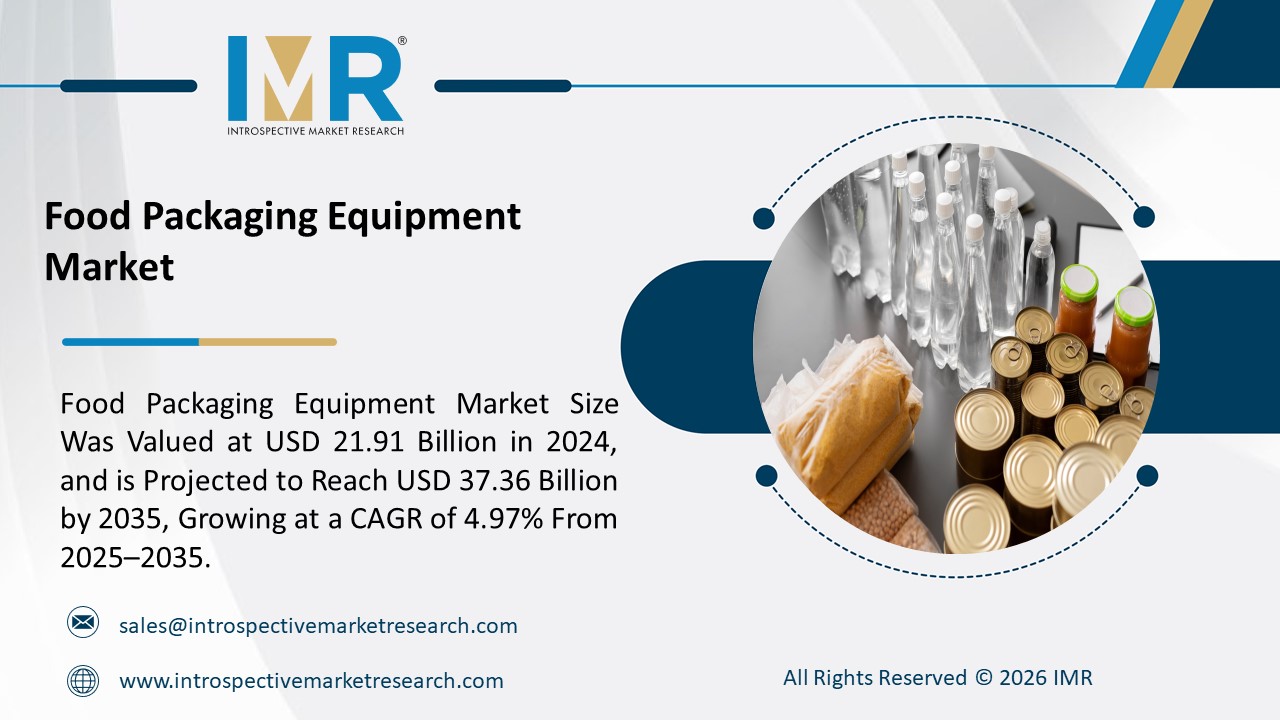
According to a new report published by Introspective Market Research, titled, ?Digital Map Market By Component, Mapping Type, Application, End-User: Global Opportunity Analysis and Industry Forecast, 2024?2032,?
Digital Map market size was valued at $25.09 billion in 2023, and is projected to reach $83.54 billion by 2032, registering a CAGR of 14.3% from 2024 to 2032.
Digital maps are the product of a complex process involving the conversion and presentation of geographic data in digital format. This process leverages computer technology for tasks such as data collection, storage, manipulation, analysis, and visualization of spatial information. It allows for the representation of various features and phenomena, including terrain, infrastructure like roads and buildings, as well as natural elements such as rivers, boundaries, and points of interest.
Geographic Information Systems (GIS) software plays a pivotal role in the creation of digital maps, facilitating the integration and analysis of multiple layers of spatial data. These maps serve as electronic depictions of geographical data accessible, analyzable, and manipulable through computers or mobile devices. They are crafted by aggregating, processing, and organizing data from diverse sources like satellite imagery, GPS technology, aerial photography, and survey data, resulting in comprehensive representations comprising layers of information such as road networks, building locations, land usage patterns, and natural features.
The rising ubiquity of smartphones and connected devices has catalyzed a surge in the demand for location-based services (LBS). This trend is propelled by consumers' growing reliance on mobile technology for everyday tasks, from navigating unfamiliar terrain to discovering nearby points of interest. LBS applications encompass a broad spectrum of functionalities, including real-time navigation, geotagging for social media, targeted location-based advertising, and precise asset tracking. Central to the efficacy of these services is the availability of accurate digital maps, which serve as the foundational infrastructure enabling location-based functionalities across diverse industries and use cases.
As consumers increasingly integrate location-based services into their daily routines, businesses across various sectors are recognizing the strategic importance of leveraging these technologies to enhance customer experiences, optimize operations, and drive revenue growth. From retail and hospitality to transportation and logistics, organizations are harnessing the power of location data to deliver personalized services, streamline workflows, and gain deeper insights into consumer behavior and preferences. Moreover, the proliferation of Internet of Things (IoT) devices and advancements in sensor technology are further amplifying the demand for location-based services, fueling innovation and unlocking new opportunities for businesses to capitalize on the power of spatial intelligence in an increasingly connected world.
Digital mapping companies are poised to explore lucrative opportunities by expanding into new verticals, including healthcare, agriculture, insurance, and utilities. These industries are increasingly recognizing the transformative potential of location-based insights in optimizing operations, enhancing decision-making processes, and delivering value-added services to their customers. In healthcare, for instance, digital maps can facilitate efficient patient routing, asset tracking within hospital facilities, and epidemiological analysis to improve public health outcomes. Similarly, in agriculture, precision mapping solutions offer farmers the ability to optimize crop yield, monitor soil health, and implement targeted irrigation strategies based on geospatial data analysis.
The insurance sector stands to benefit from the integration of digital mapping technology for risk assessment, claims processing, and fraud detection. By leveraging location-based insights, insurers can accurately assess property risks, mitigate losses from natural disasters, and offer customized insurance products tailored to specific geographical regions.
Global Digital Map Market, Segmentation
The Digital Map market is segmented on the basis of Component, Mapping Type, Application, End-User and region.
Mapping Type:
The outdoor mapping segment currently dominates the global digital map market, The proliferation of smartphones and GPS-enabled devices has fueled the demand for outdoor mapping solutions for navigation purposes. Consumers rely on digital maps for real-time directions, traffic updates, and route optimization, especially in urban areas where congestion is prevalent. The development and deployment of autonomous vehicles rely heavily on accurate outdoor mapping data. Companies in the automotive and technology sectors are investing significantly in mapping technologies to support the growth of self-driving cars, which require precise outdoor maps for navigation and obstacle detection. With the increasing demand for location-based services, there are opportunities to innovate and enhance outdoor navigation solutions. Companies can develop advanced features such as augmented reality navigation, predictive traffic analysis, and personalized routing algorithms to differentiate their offerings and attract users.
Application:
The dominance of the geocoding and geo-positioning segment in the global digital map market is influenced by various drivers and presents numerous opportunities for growth and innovation. Geocoding and geo-positioning are fundamental components of location-based services (LBS), which have witnessed exponential growth due to the widespread adoption of smartphones and connected devices. These services include navigation, geotagging, location-based advertising, and asset tracking, all of which rely heavily on accurate geocoding and geo-positioning data. Businesses across various sectors rely on geocoding and geo-positioning data to gain insights into customer behavior, market trends, and competitor analysis. By analyzing spatial data, organizations can make informed decisions regarding site selection, market expansion, and resource allocation, driving the demand for advanced mapping solutions. The integration of geocoding and geo-positioning data with IoT devices and sensor networks presents opportunities to enhance real-time monitoring and analysis across various industries. For example, in the transportation sector, combining GPS data with vehicle sensors can enable predictive maintenance, route optimization, and fleet management.
Region:
The Asia-Pacific region is poised to lead the market in the forecast period, fueled by a booming E-commerce sector driving demand for digital mapping services. Major players like Flipkart and Alibaba are heavily investing in GPS tracking and GIS solutions, with Alibaba backing PlaceIQ for consumer behavior modeling. Countries such as India, China, Singapore, Japan, Australia, and South Korea are experiencing rapid technological adoption, increasing reliance on digital maps across sectors like E-commerce, urban planning, logistics, and gaming, where advanced AR technologies are gaining traction, notably in China and Japan, ranking third globally in gaming revenue.
Key Players in the Global Digital Map Market
Some of the leading Digital Map market players are
- Apple (US)
- AutoNavi Holdings Ltd. (China)
- Environmental Systems Research Institute (ESRI) Inc (US)
- Collins Bartholomew Ltd (UK)
- Digital Map Products Inc. (US)
- DMTI Spatial (Canada)
- ESRI (US)
- Getmapping PLC. (UK)
- Google (US)
- HERE Technologies (Europe)
- Inpixon (US)
- INRIX (US)
- Intermap Technologies Corporation (US)
- LightBox (US)
- MapQuest (US)
- Mapbox (US)
- Mapsted (Canada)
- Maxar Technologies (US)
- META(US)
- NavInfo Co. Ltd. (China)
- Nearmap (Australia)
- ServiceNow (US)
- TomTom (Netherlands)
- ThinkGeo LLC (US)
- Zenrin Co. Ltd. (Japan), and Other Major Players
Key Industry Developments:
- In December 2023, Dutch navigation giant TomTom announced the acquisition of Mapillary, a Swedish startup specializing in 360-degree street-level imagery captured through crowdsourcing. This move strengthens TomTom's position in the highly competitive automotive mapping market, allowing it to offer enhanced real-time traffic data and driver assistance features.
- In December 2023, German digital mapping leader HERE Technologies has entered into a strategic partnership with Chinese tech giant Baidu to jointly develop and offer location-based services in China. This collaboration leverages HERE's advanced mapping technology and Baidu's strong local presence to cater to the growing demand for location intelligence in China's burgeoning automotive and mobility markets.
- In December 2023, Google introduced several new features and functionalities to its Google Maps Platform, including enhanced routing options for electric vehicles, real-time air quality data integration, and improved indoor mapping capabilities. These advancements cater to the evolving needs of developers building location-based applications and services.
Key Findings of the Study
- The global Digital Map market size was valued at $25.09 billion in 2023, and it is projected to reach $83.54 billion by 2032, with a notable CAGR of 14.3% from 2024 to 2032.
- Digital maps are essential products synthesized from a complex process involving the conversion and presentation of geographic data into digital format, facilitating various functionalities like navigation, geotagging, location-based advertising, and asset tracking.
- The dominance of the geocoding and geo-positioning segment is attributed to its pivotal role in location-based services (LBS), which have witnessed significant growth due to the increasing adoption of smartphones and connected devices.
- Asia-Pacific emerges as a high-growth area in the digital map market, driven by a flourishing E-commerce sector and rapid technological adoption across countries like India, China, Singapore, Japan, Australia, and South Korea.





